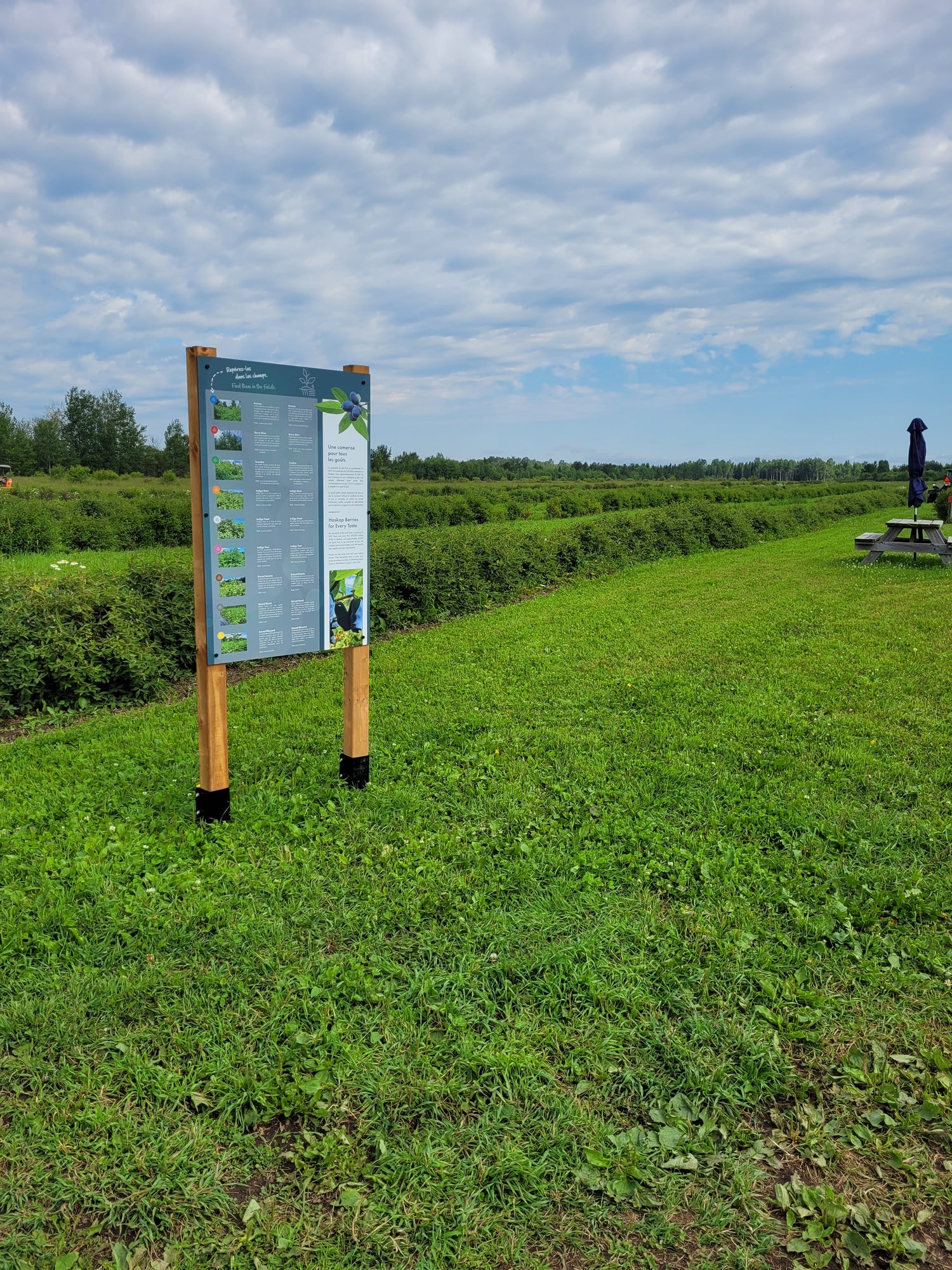The haskap berry

Why this name?
The Latin name for Haskap is "Lonicera Caerulea". This northern shrub has several other designations: Edible Honeysuckle, Blue Honeysuckle, Honeyberry, Sweet Berry Honeysuckle. On the English side the name retained is Haskap Berry, an old Japanese name which means berry of long lives and good vision.
This name was chosen in Quebec in June 2006.
For us, this fruit is promising because they have the most interesting characteristics like antioxidants and vitamins.
A super healthy fruit
Haskap has long been known by the Japanese, "The fruit of longevity of life and fruit of vision". Haskaps are rich in vitamin A, C and have high fiber and potassium content. ORAC values, otherwise known as antioxidant values, as reported by the USDA database for the Oxygen Radical Absorbance Capacity (ORAC) of selected foods, such as haskap are to have extremely high antioxidant values. In particular, high levels of polyphenols, anthocyanins and bioflavanoids.
Antioxidants are substances found in food that help fight oxidation, it's a normal chemical process that takes place in the body every day. It can be accelerated by stress. When stresses or other disturbances occur in the natural oxidation process, harmful molecules called free radicals are created. Oxygen causes the formation of free radicals, and they can cause damage to cells in the body. The best source of antioxidants is a diet rich in fruits, vegetables and whole grains. Berries in particular are very rich in antioxidants, vitamins and minerals. Haskap is one of the highest rated sources of known antioxidant foods.

Haskap varieties
Our orchard contains 9 different haskap varieties. Each of them has a different taste and a different appearance.
Come and visit us to discover these different varieties.
